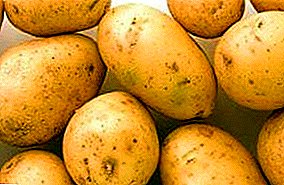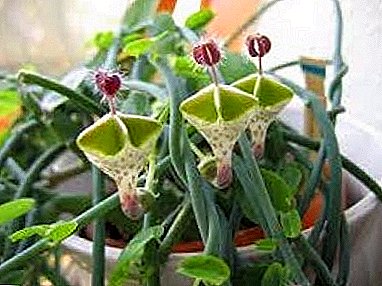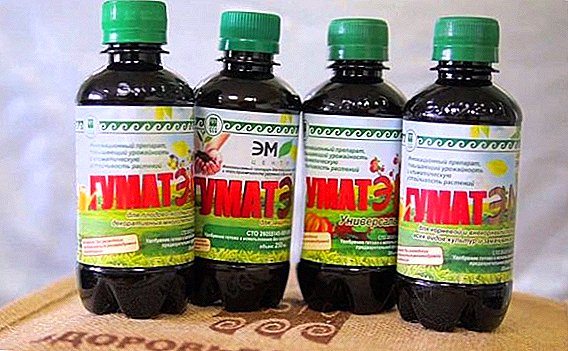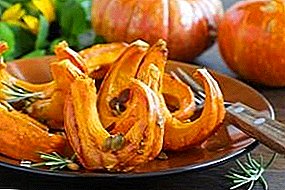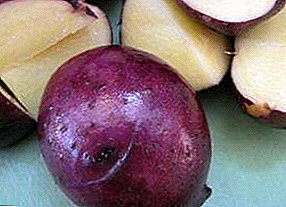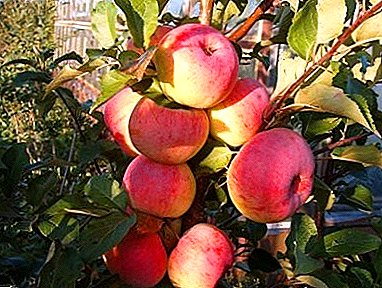 Canola is a culture little known to people far from agriculture. But agronomists love this plant for its versatility: a good honey plant, animal feed, biofuel, and its oil is consumed in food and technical processes. Cultivation of canola as a siderata is also popular.
Canola is a culture little known to people far from agriculture. But agronomists love this plant for its versatility: a good honey plant, animal feed, biofuel, and its oil is consumed in food and technical processes. Cultivation of canola as a siderata is also popular.
Rapeseed as a siderata: what is the value and disadvantages
Experienced gardeners distinguish it as one of the most effective natural fertilizers. After all, this culture:
- it is able in a short time to build up abundant green mass, which after planting fills the soil with phosphorus, sulfur and organic matter, restoring its fertility;
- has a developed root system, which stretches inland to two meters, taking from the depth of useful minerals and trace elements. In this case, the roots provide high-quality aeration of the soil;
- contains essential oils that reduce the incidence of soil, protect plants from pests;
- protects the soil from erosion by groundwater, holds snow in winter and in the summer prevents wind erosion;
- perfectly eliminates weeds when planting in the aisle with berry crops;
- the quality of soil saturation with nitrogen is second only to legumes.
 This plant copes with the role of natural fertilizer, given its disadvantages:
This plant copes with the role of natural fertilizer, given its disadvantages: - does not like heavy, acid soils;
- does not tolerate stagnant water;
- it should not be planted in one place more than once every four years;
- It is not used as a siderat after representatives of the cruciferous family (cabbage, for example) and clover: they have common diseases and pests;
- after it you should not plant beets: rape spreads nematodes to which this root crop is extremely sensitive.
Rye, white mustard, buckwheat, oats, and phacelia are also used as siderats.Today, this plant is presented in two options:
- spring;
- winter.
Important! The best result for the future harvest is brought by the combination of siderats: the spring variety will be perfectly complemented by oil radish, vetch or white mustard, and winter crops are planted with rye.

For which crops can be used
Rapeseed as siderat is most beneficial when feeding:
- tomatoes;
- pepper;
- cucumbers;
- potatoes;
- squash;
- pumpkin.
Features of growing spring rape
This variety is less demanding on soil and sowing lines than its winter counterpart. If in the soil there is a significant supply of moisture, the spring can be sown area several times over the summer.
When and how to sow siderat
You can start sowing from the first warm days of the end of winter - the beginning of spring. Most often, the landing time depends on local climatic conditions, but in March, in any case, this process should be started, if no cold snap is predicted.  However, a light, but uniform cold at the initial stage of development of spring rape as a siderata helps to improve generative processes.
However, a light, but uniform cold at the initial stage of development of spring rape as a siderata helps to improve generative processes.
Before sowing, it is advisable to loosen the ground and make grooves with a depth of 2-3 cm, into which the seeds mixed with sand are sown (at a distance of 15 cm). On average, it turns out 1.5-2 g of seeds per 1 square. m or 150-200 g per hundred. At the end level the earth with a rake, you can slightly roll.
How to care for crops
The first shoots usually appear on the fourth or fifth day after planting. The development of the stem of the plant begins immediately, bypassing the stage of formation of the outlet.
Usually in 3-3.5 months rape reaches 80-140 cm in height, and its flowering lasts 3-5 weeks. During the period of growth, the plant does not require special care or attention; it is a rather independent and undemanding culture.
When to clean
Having understood when and how to sow rape under siderat, let's talk about the timing of harvesting. It is recommended to mow it all the same, and not to dig it out. If planting of the main crop is planned in the same season, then the plant is mowed when it reaches 15–20 cm in height.  The greens are either plowed on 5-12 cm, or sent to compost. And after 2-3 weeks after that, you can plant the main culture. When the landing on this site is not planned, then you can initially remove the green mass upon reaching a height of 10-12 cm.
The greens are either plowed on 5-12 cm, or sent to compost. And after 2-3 weeks after that, you can plant the main culture. When the landing on this site is not planned, then you can initially remove the green mass upon reaching a height of 10-12 cm.
Did you know? Rapeseed is used today for the production of oil, margarine, plastics, candles, biodiesel, creams and lipsticks, as well as newspaper ink.The plant will quickly restore growth, and the second time it is desirable to mow it at the root after the appearance of the pods. In this way more nutrient biomass will be obtained.
Features of growing winter rape
Experienced gardeners prefer to deal with winter variety, because it has several advantages:
- can be planted on any area, because the main crop has already been harvested, and the green manure will not prevent vegetable crops;
- during the spring thaw, the roots of rapeseed retain useful trace elements, not allowing them to wash out with water;
Important! Rape in the form of live mulch protects the soil from freezing.

- In the spring, rapeseed begins to grow as soon as it feels favorable environment.
When and how to sow siderat
Winter rape as a siderat is picky about planting dates. Usually it is carried out in August or early autumn. If you plant the plant too early, it is fraught with the outgrowth of its root outlet, and it will become sensitive to diseases and cold.
Start planting after harvest. It is planted, like spring, in grooves 2-3 cm deep at a distance of 10-15 cm. After the first sprouts appear (the fourth or fifth day after planting), the plant needs at least 60 days for autumn vegetation.
Did you know? The homeland of rape is the UK and the Netherlands
How to care for crops
Before the onset of winter, the plant should have a stem up to 25 cm and a rosette of 6-7 leaves. The roots should not rise above the growth point by more than 3 cm.  Winter plant doesn’t require special care after planting, but it doesn’t like snow-free winter, spring cold snap. The plant starts to wake up when the average temperature is + 1 ... +3 ºС.
Winter plant doesn’t require special care after planting, but it doesn’t like snow-free winter, spring cold snap. The plant starts to wake up when the average temperature is + 1 ... +3 ºС.
When to clean
For winter rapeseed, planting dates are important, but mowing the siderat depending on weather conditions: as soon as green pods appear. This usually happens closer to the second half or the end of May.
You can not remove the oblique mass from the landing site and pour it with the EM-preparation or usual water to accelerate the decomposition processes. Somewhere in 3-4 weeks on average, you can plant the main culture in this place.
Did you know? For the first time, the processing of rape started as early as 4 thousand years BC.Spring or winter rape copes well with filling the tired soil with nutrients, provides excellent aeration, and can even serve as a disinfectant that will protect the crop from pests.



